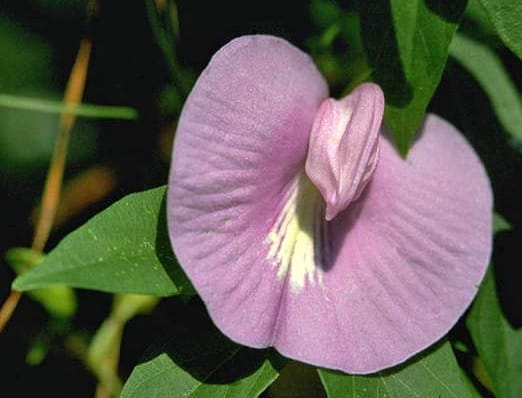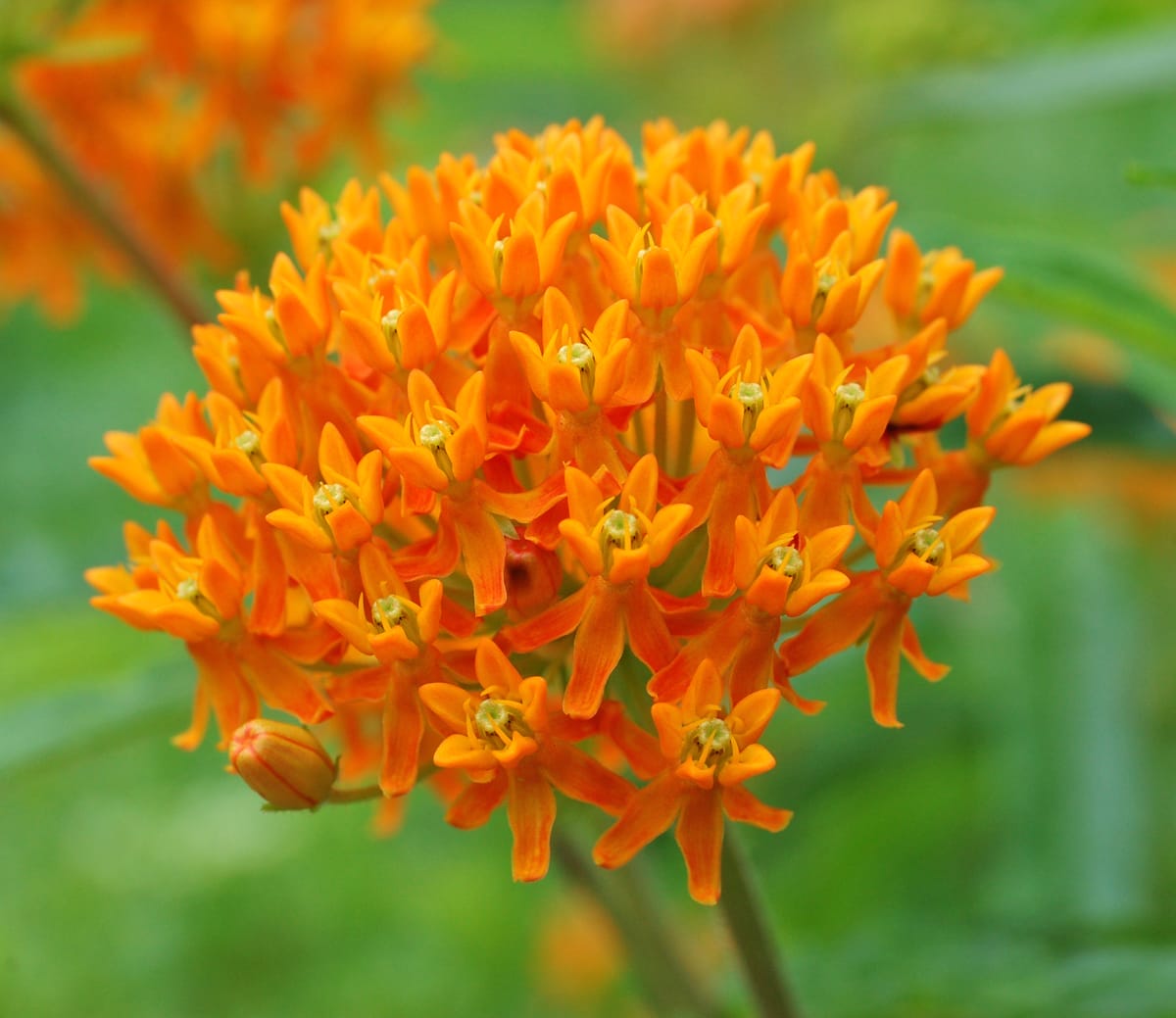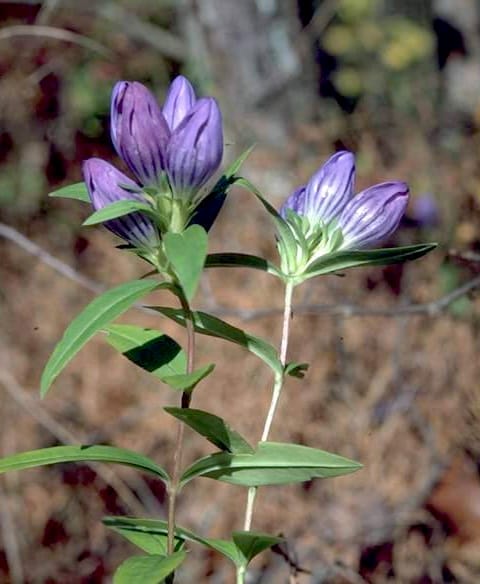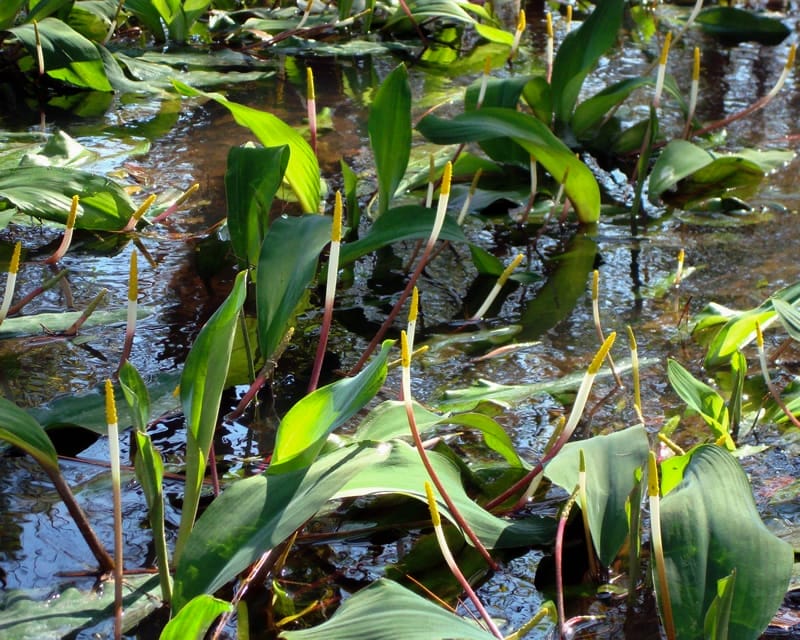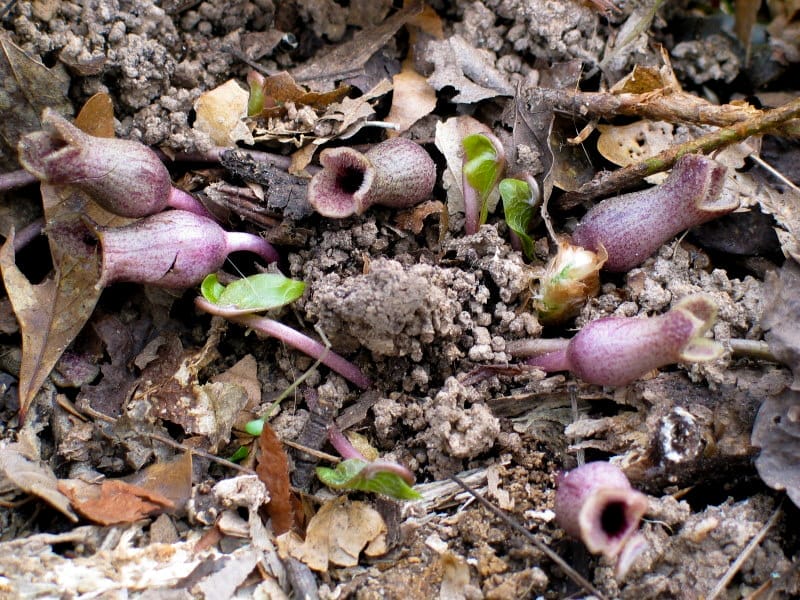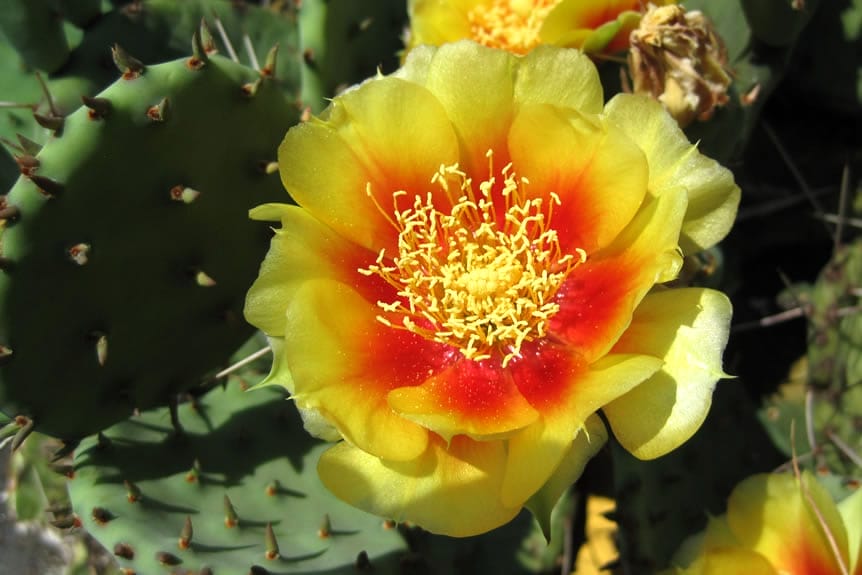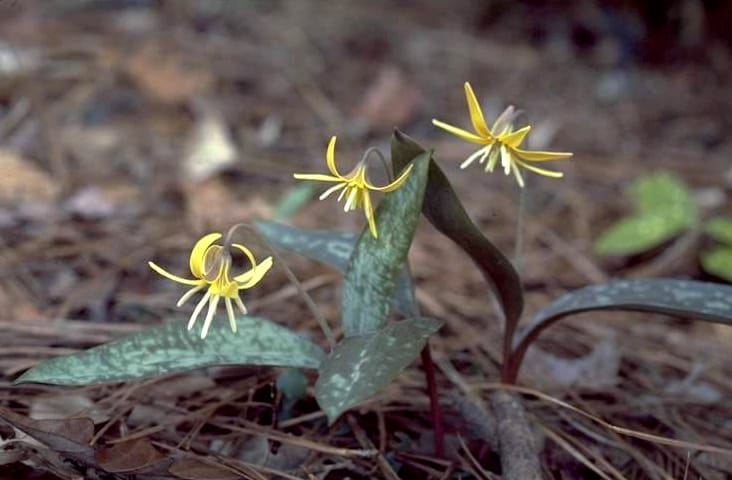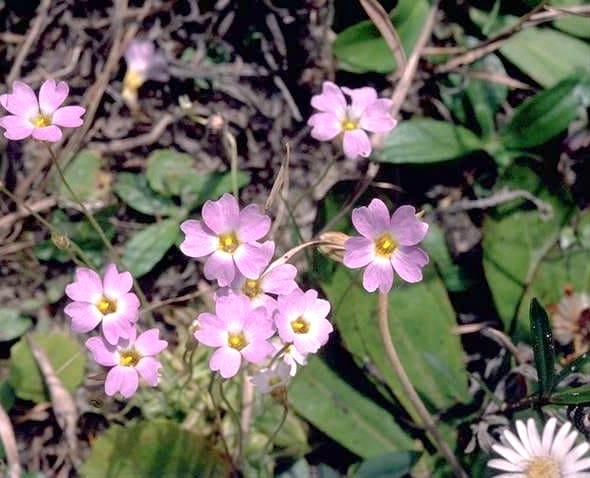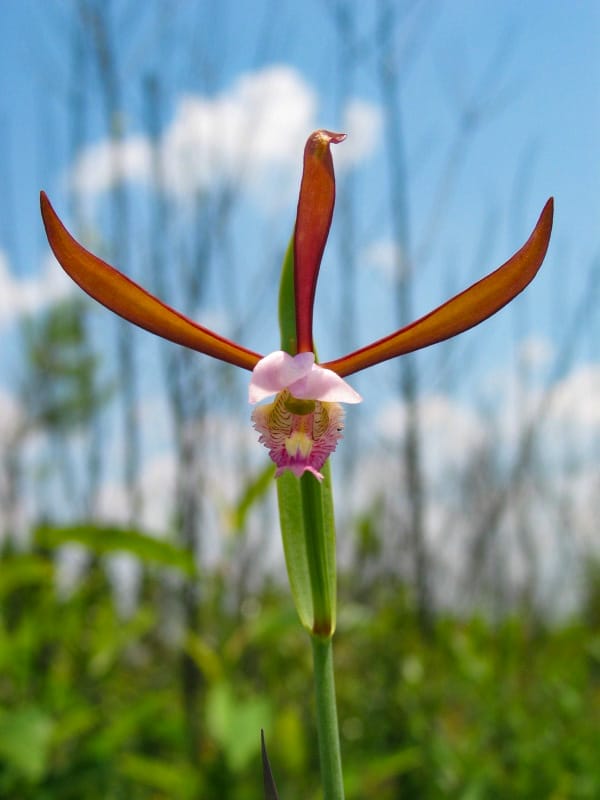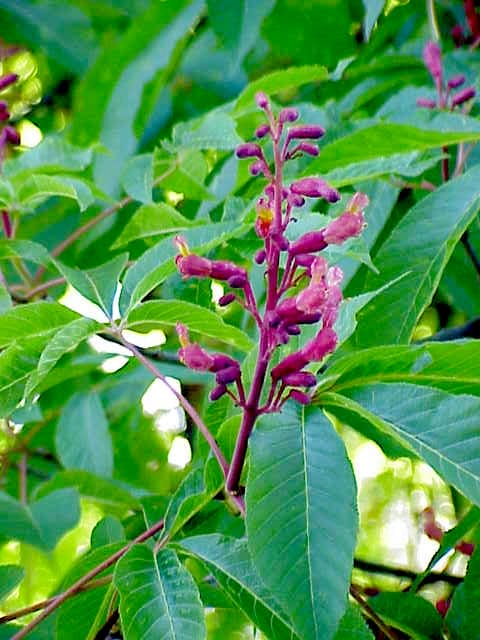The spurred butterfly pea (Centrosema virginianum) is a trailing perennial vine with alternate leaves of three leaflets. A member of the legume family, it bears violet flowers in spring and summer. Each flower lasts only one day.
Alabama Wildflower Gallery
Alabama is home to a remarkably diverse variety of habitats, from the mountainous north to the boggy and sandy coast. These habitats are host to numerous species of wildflowers that range from the showy pitcherplants of the bogs to the delicate wildflowers of the mountain forests. From spring to fall, vines, shrubs, perennials, and annuals blossom in woods, open fields, and wetlands throughout the state.
Caroline Dean Wildflower Collection, Auburn University Digital Library: http://diglib.auburn.edu/collections/wildflower
